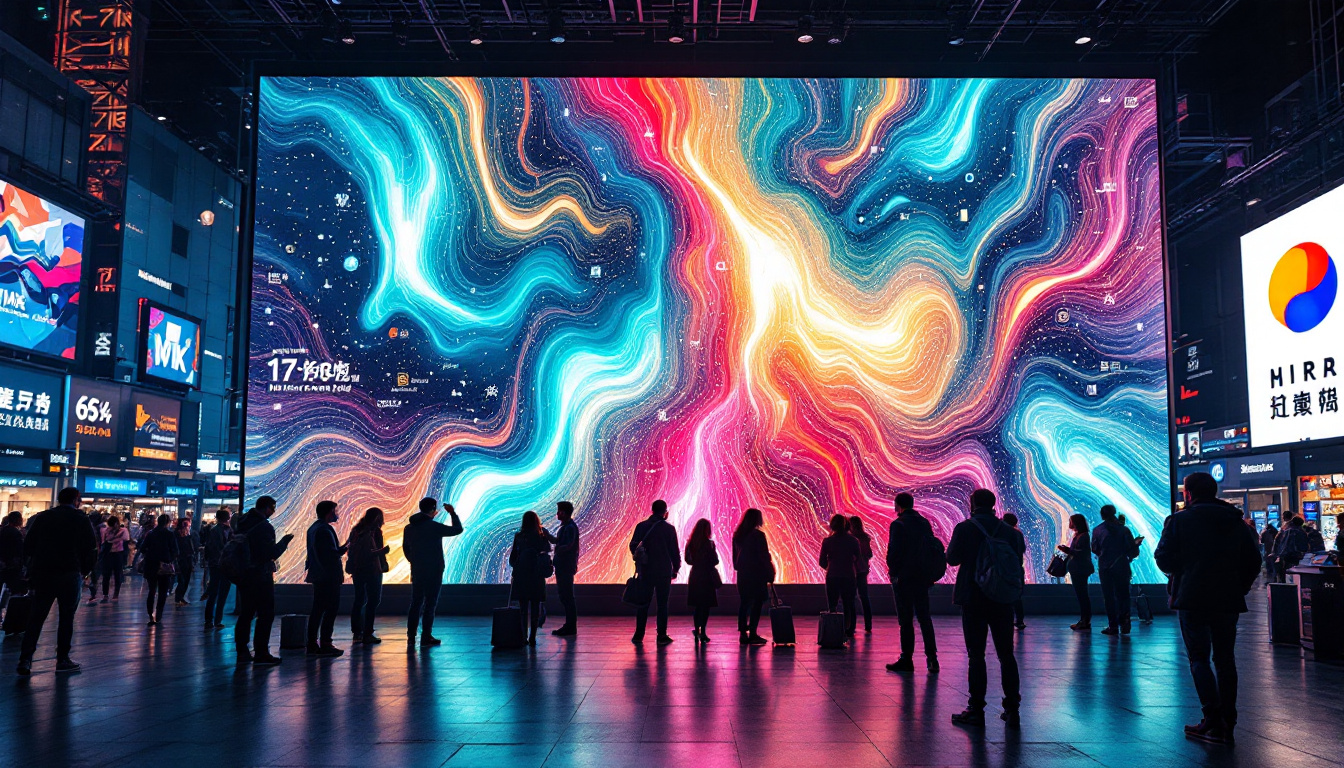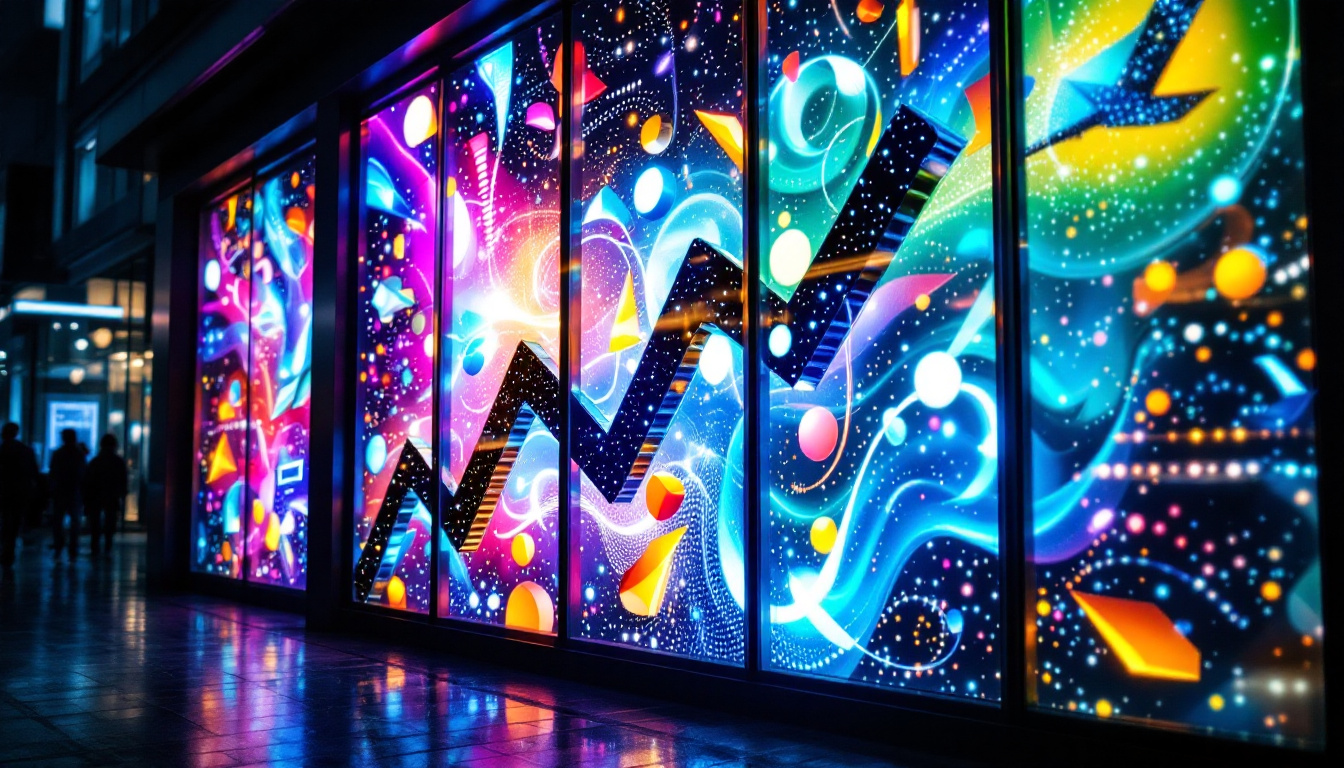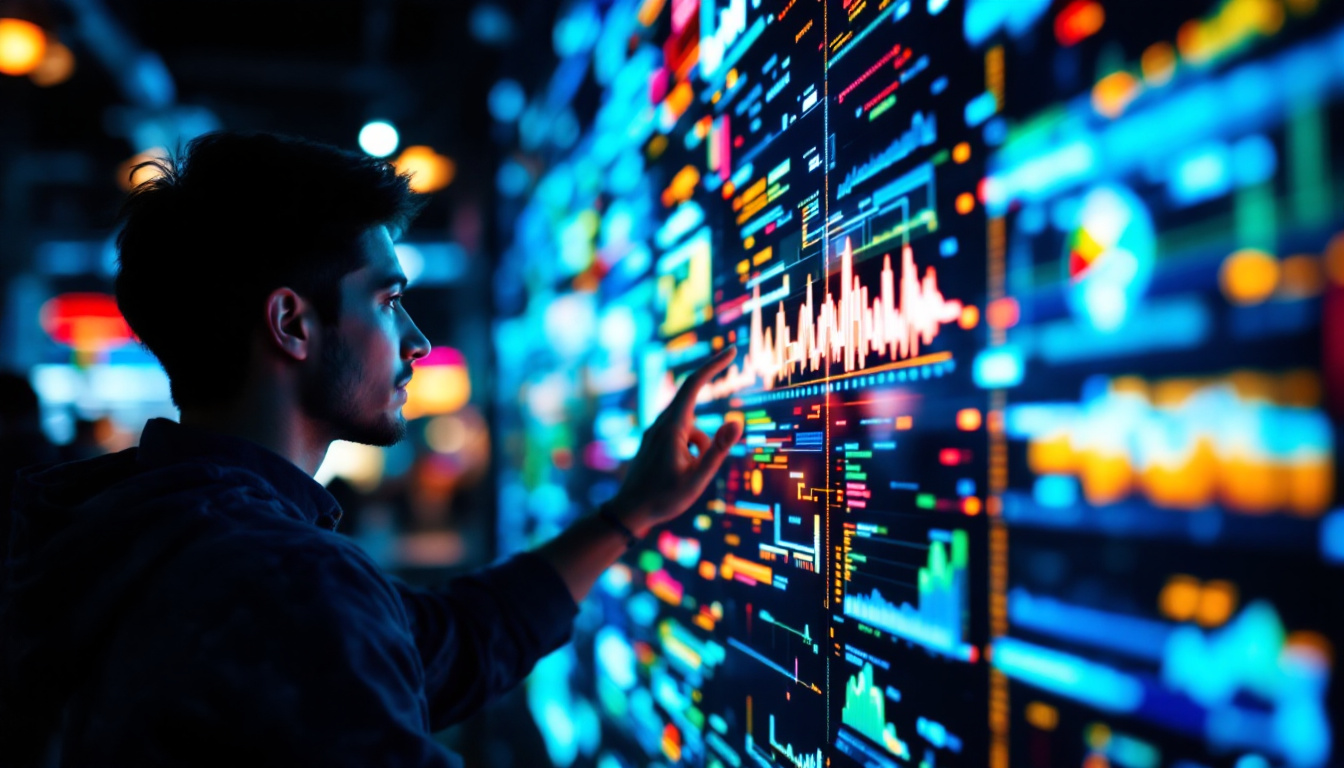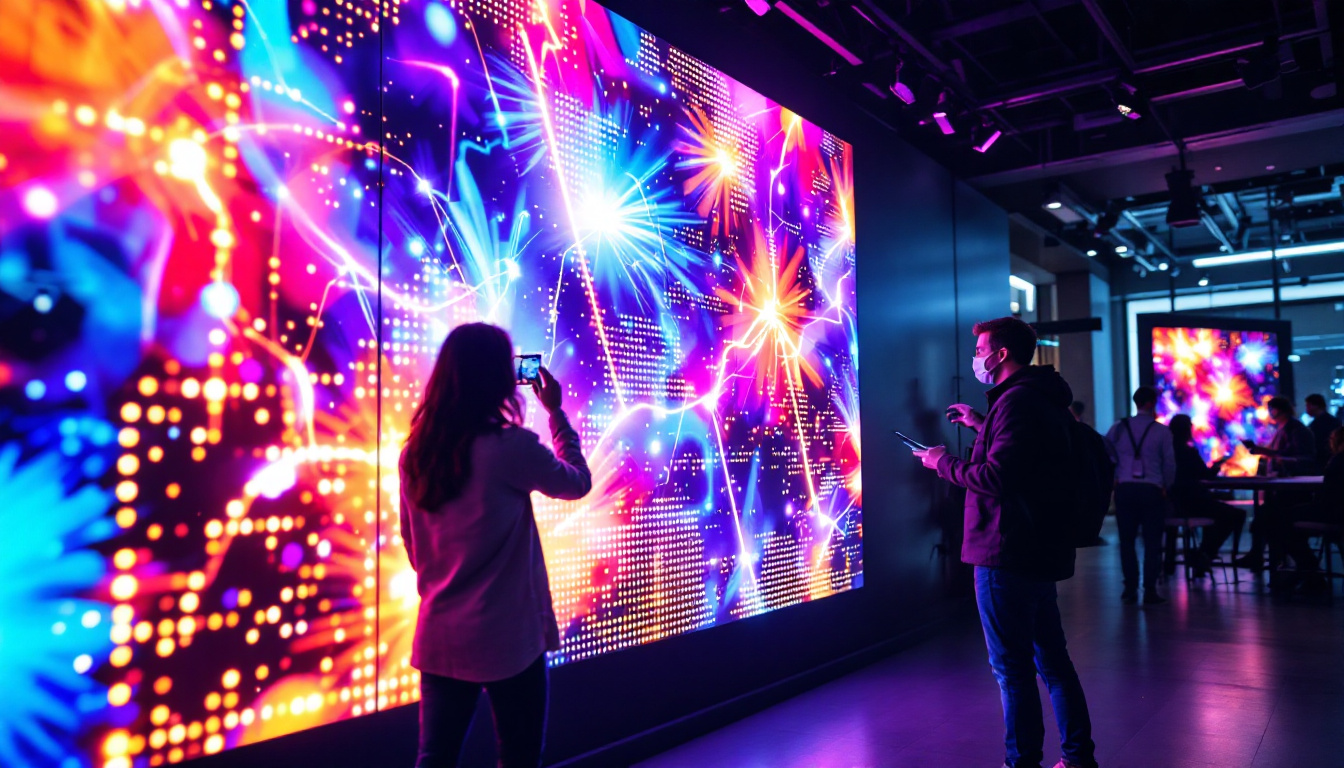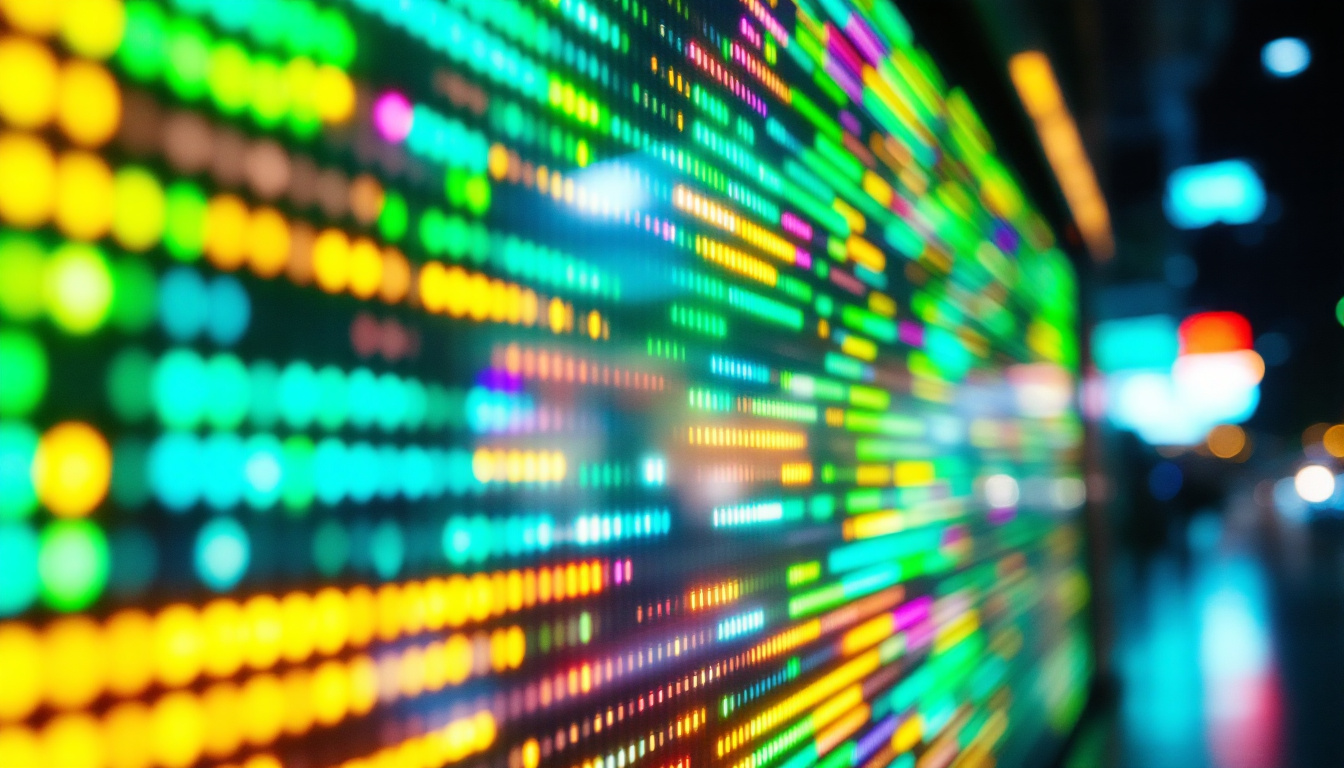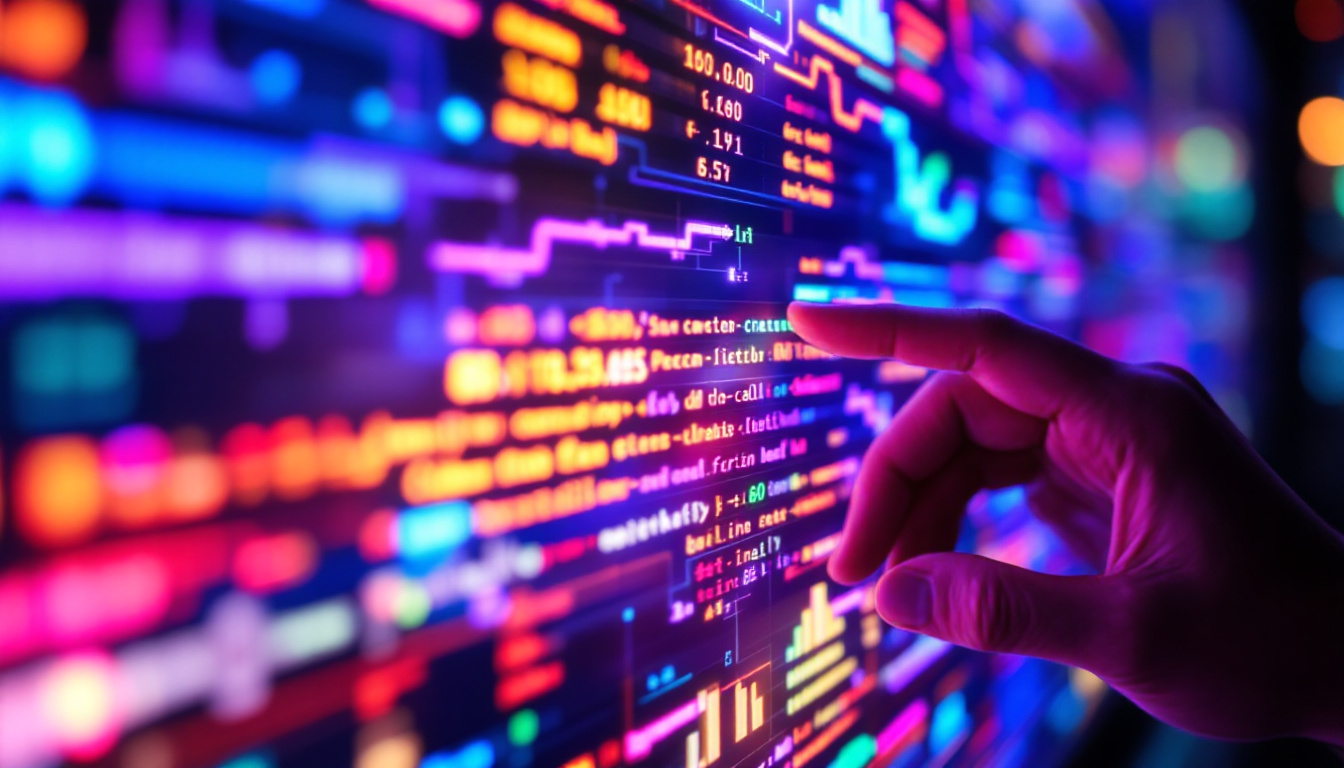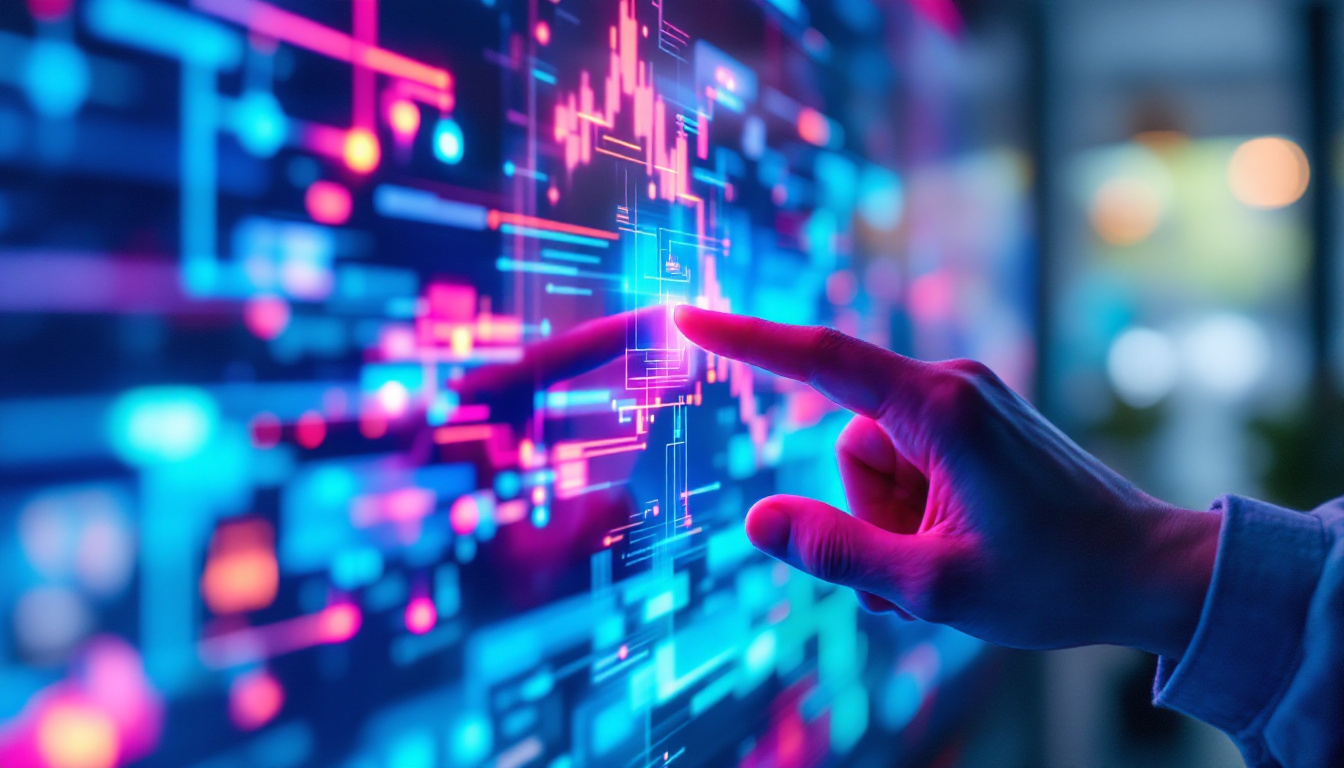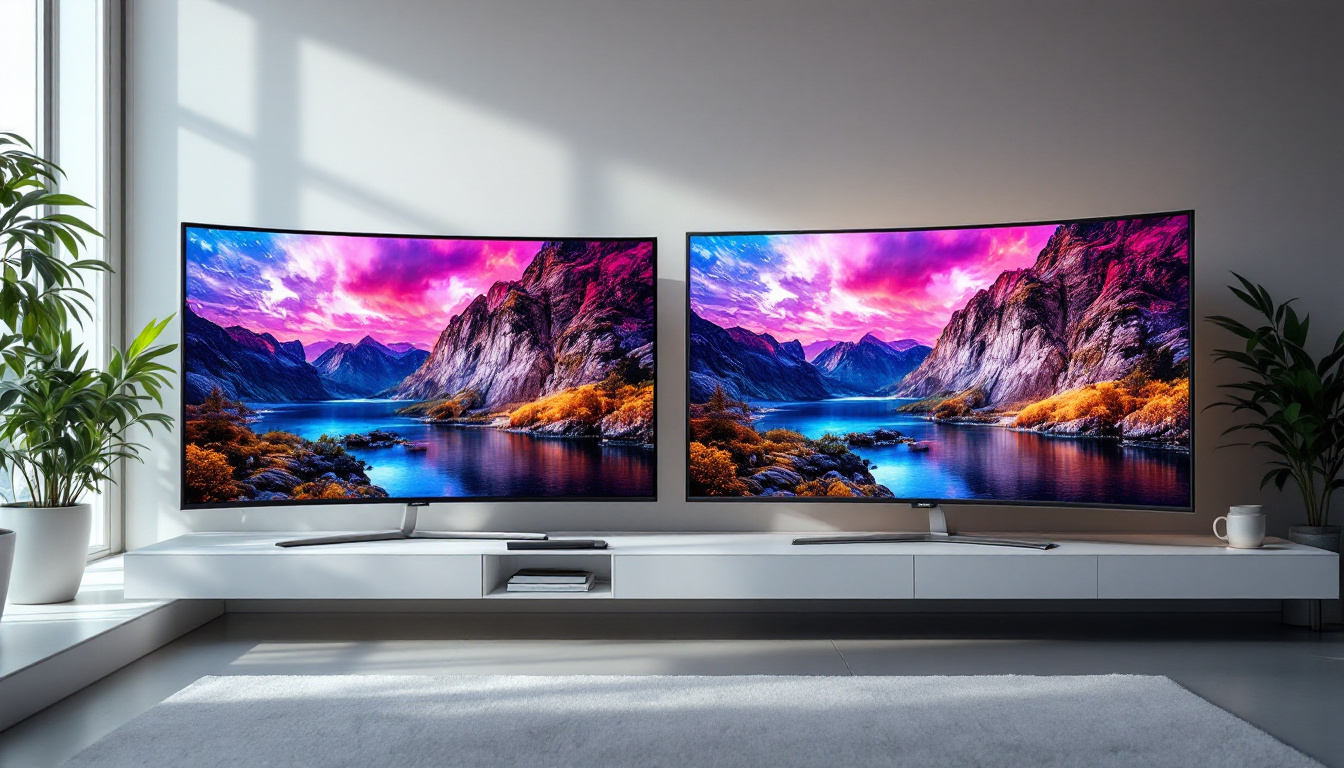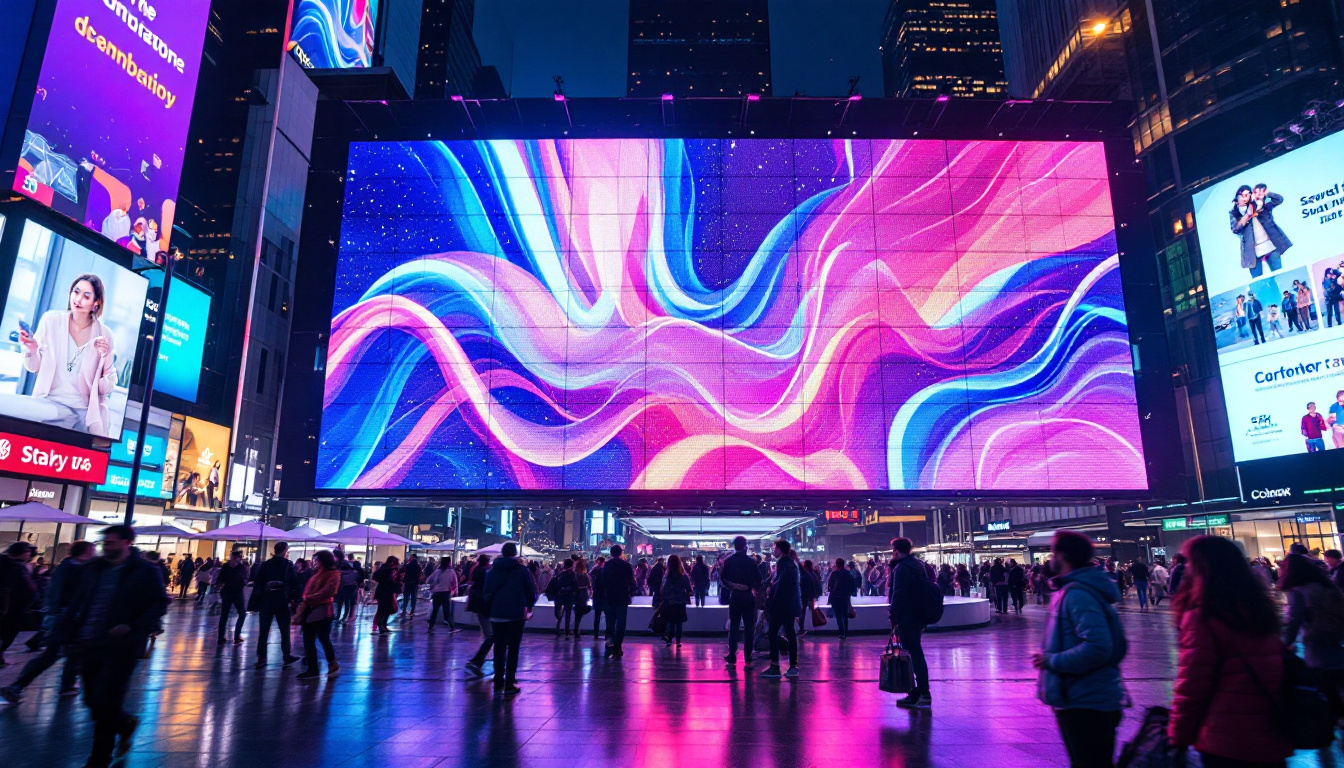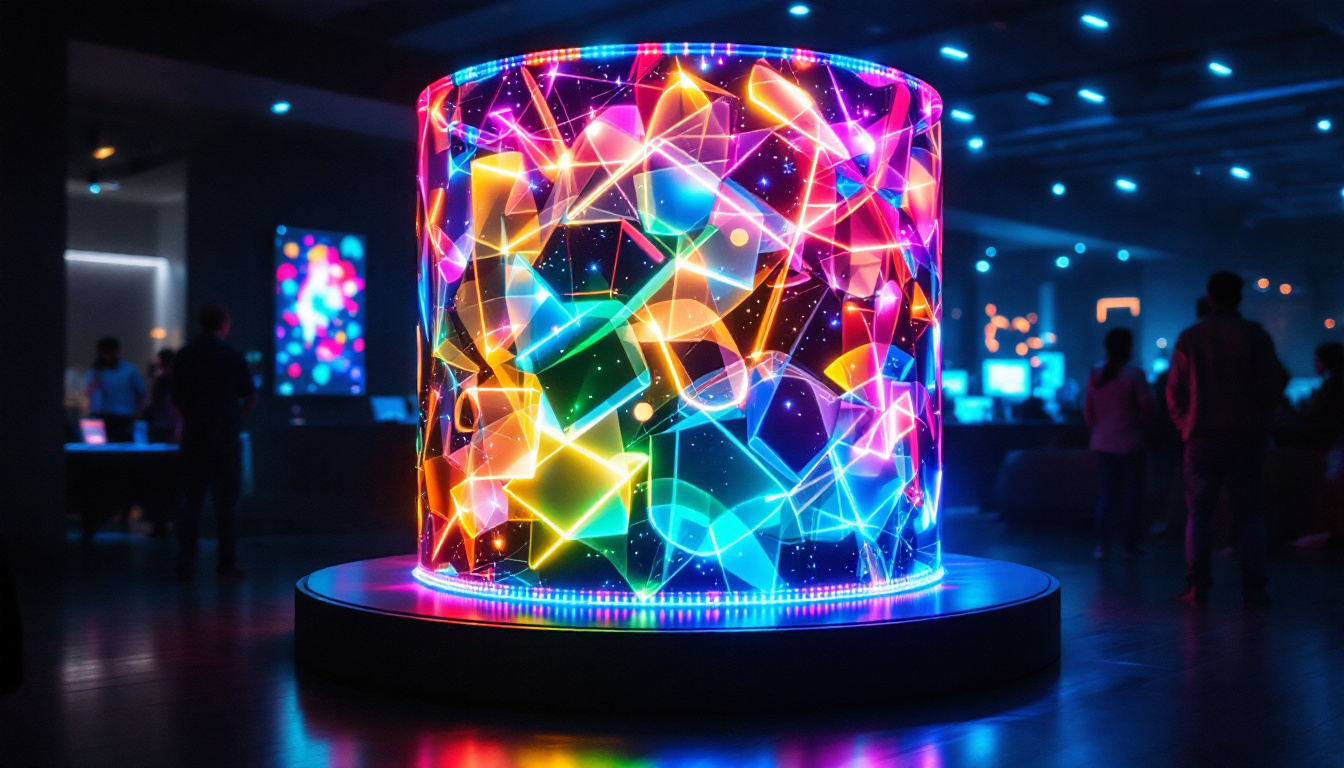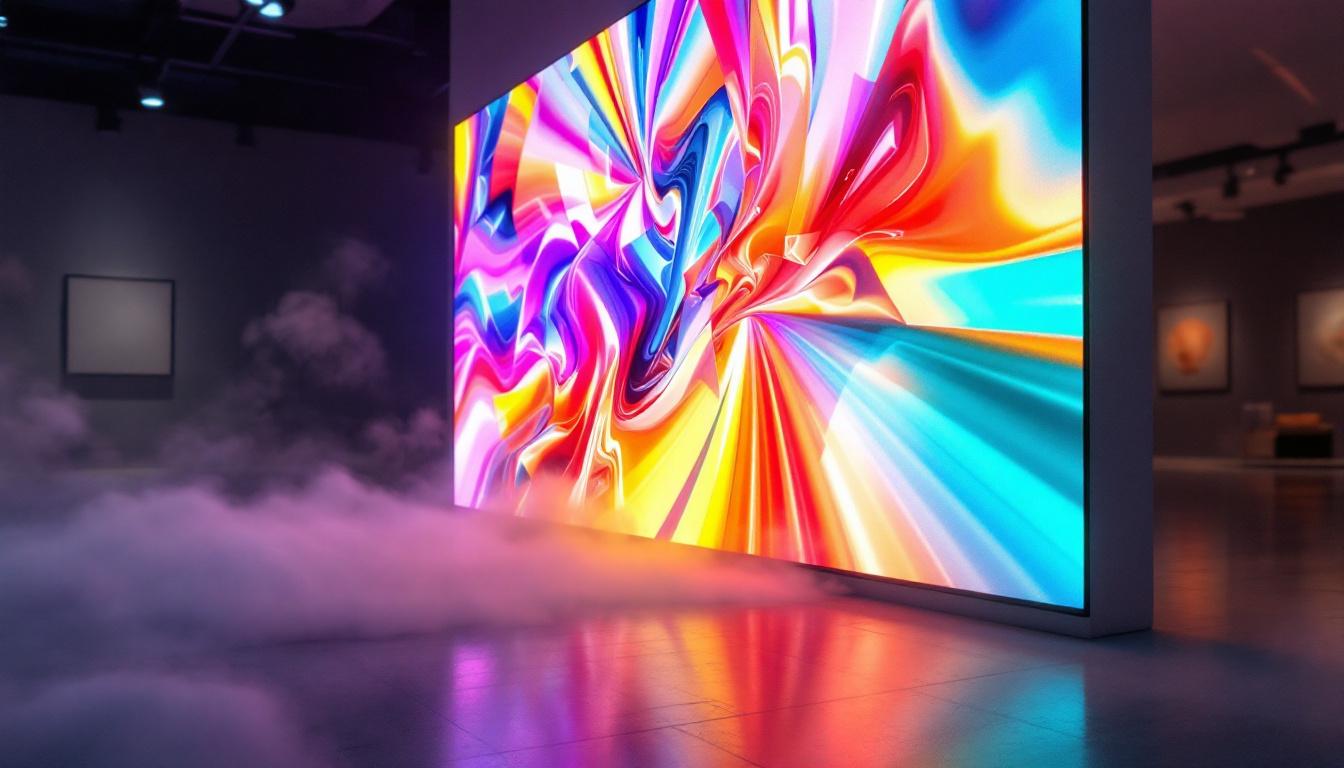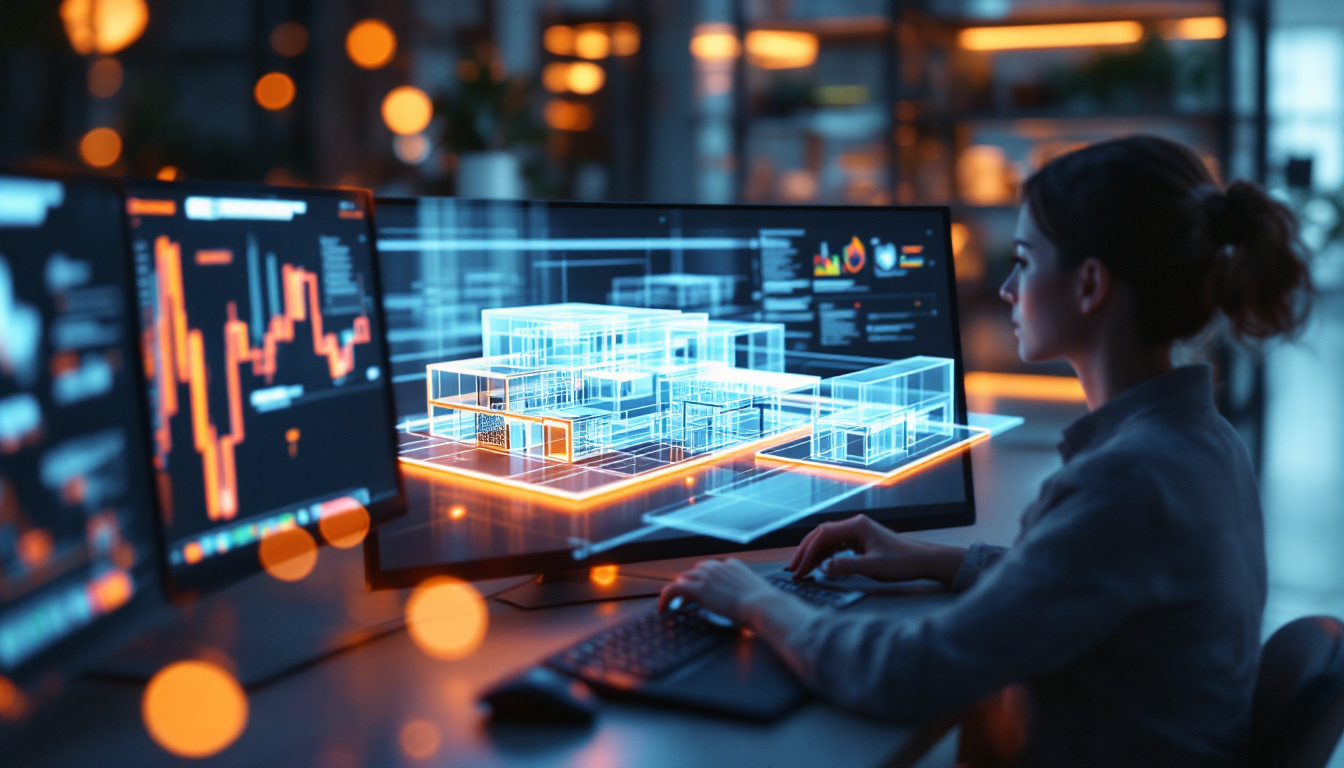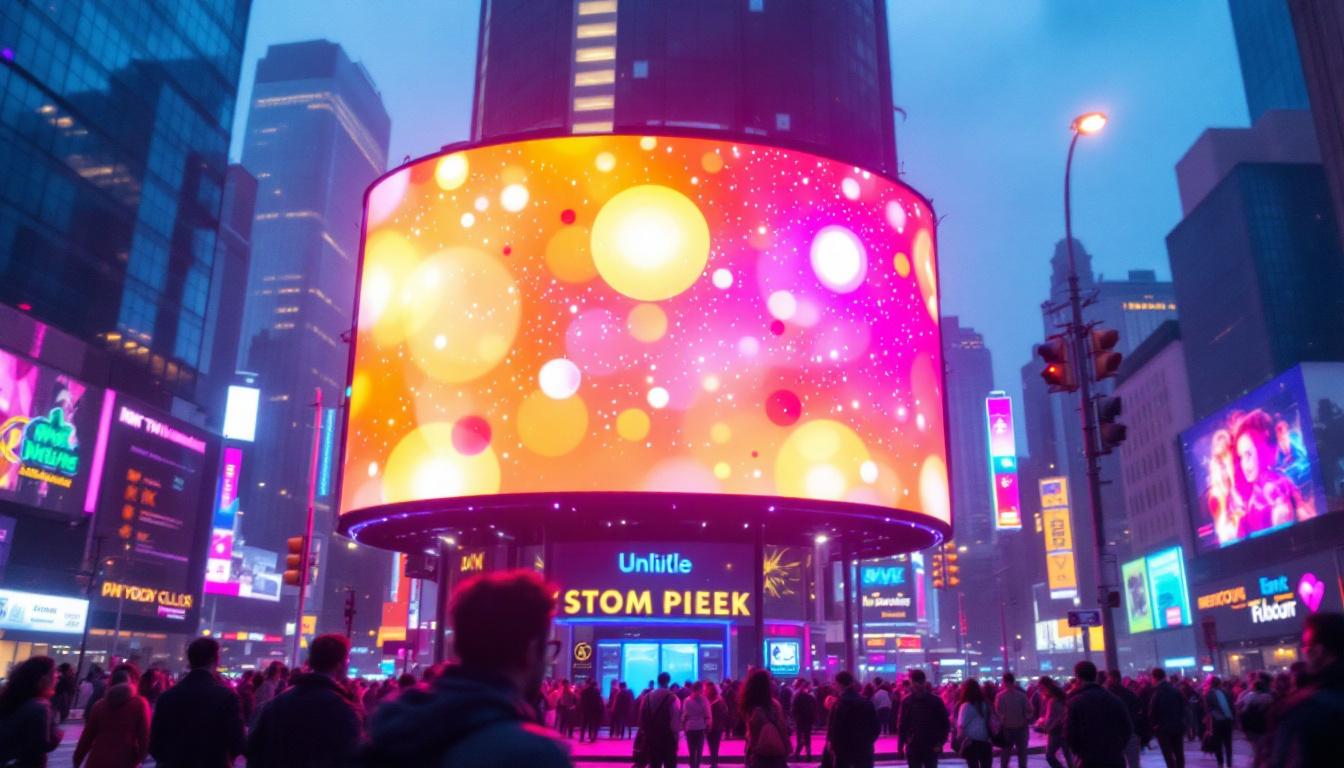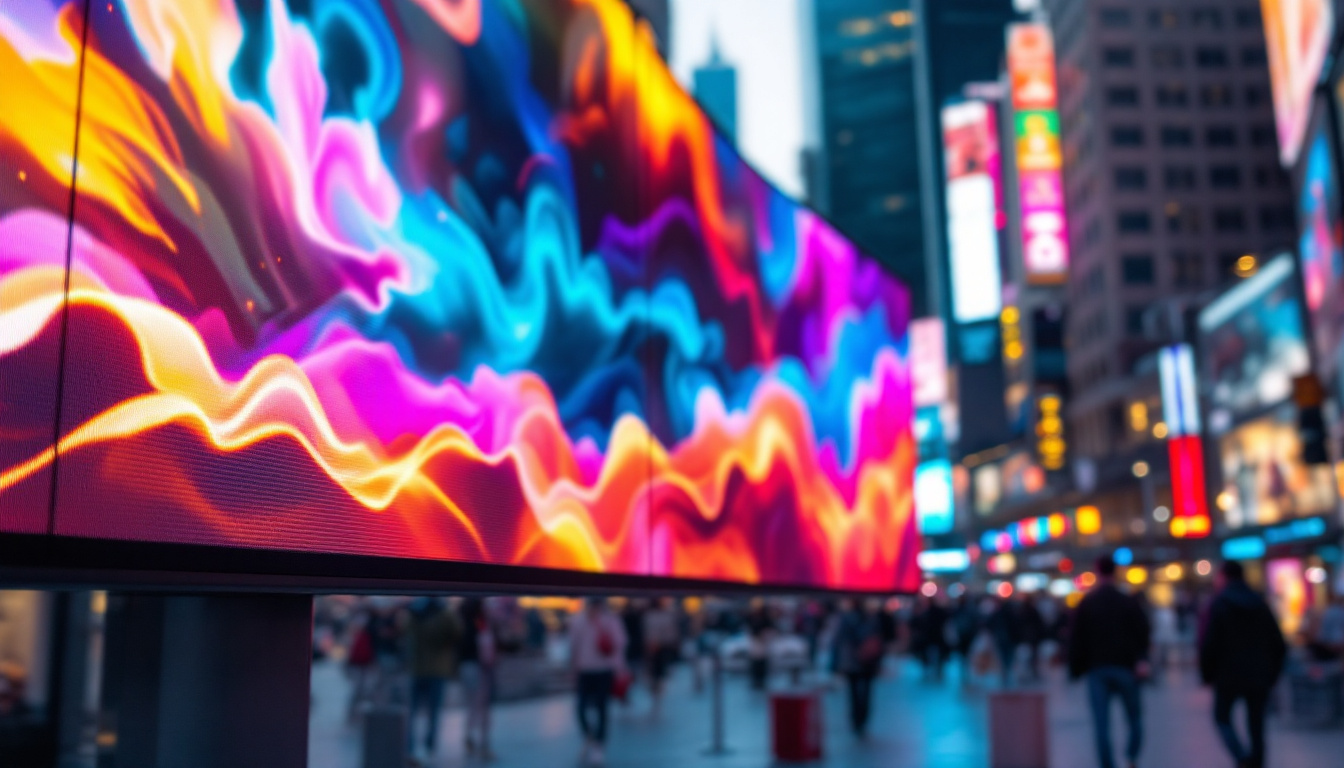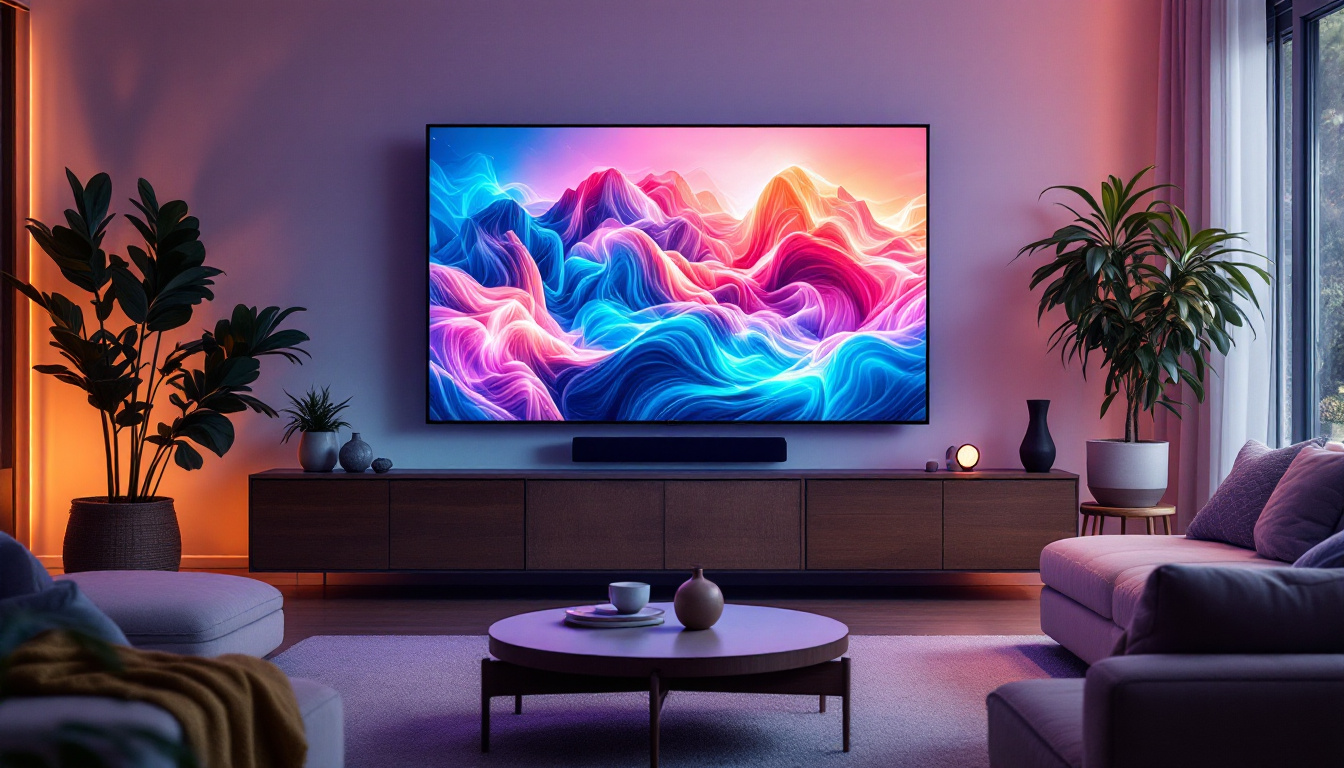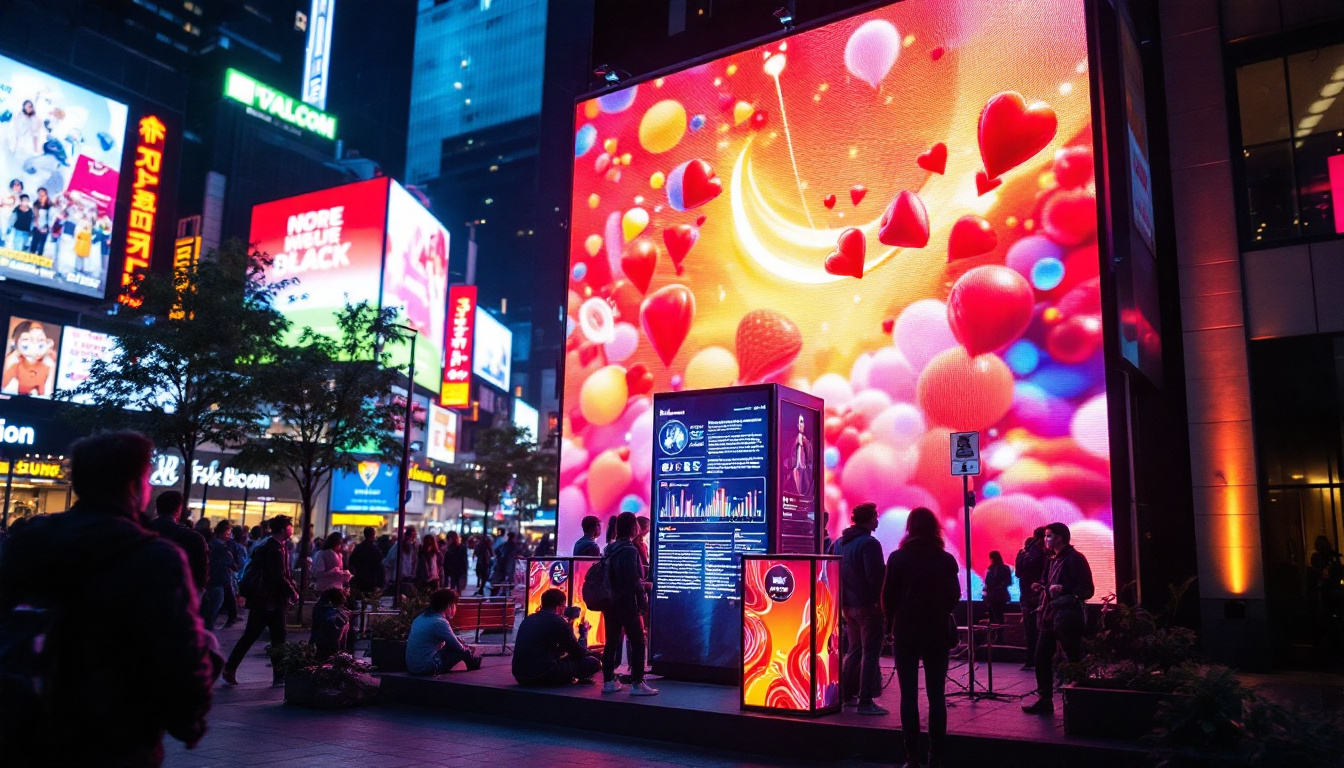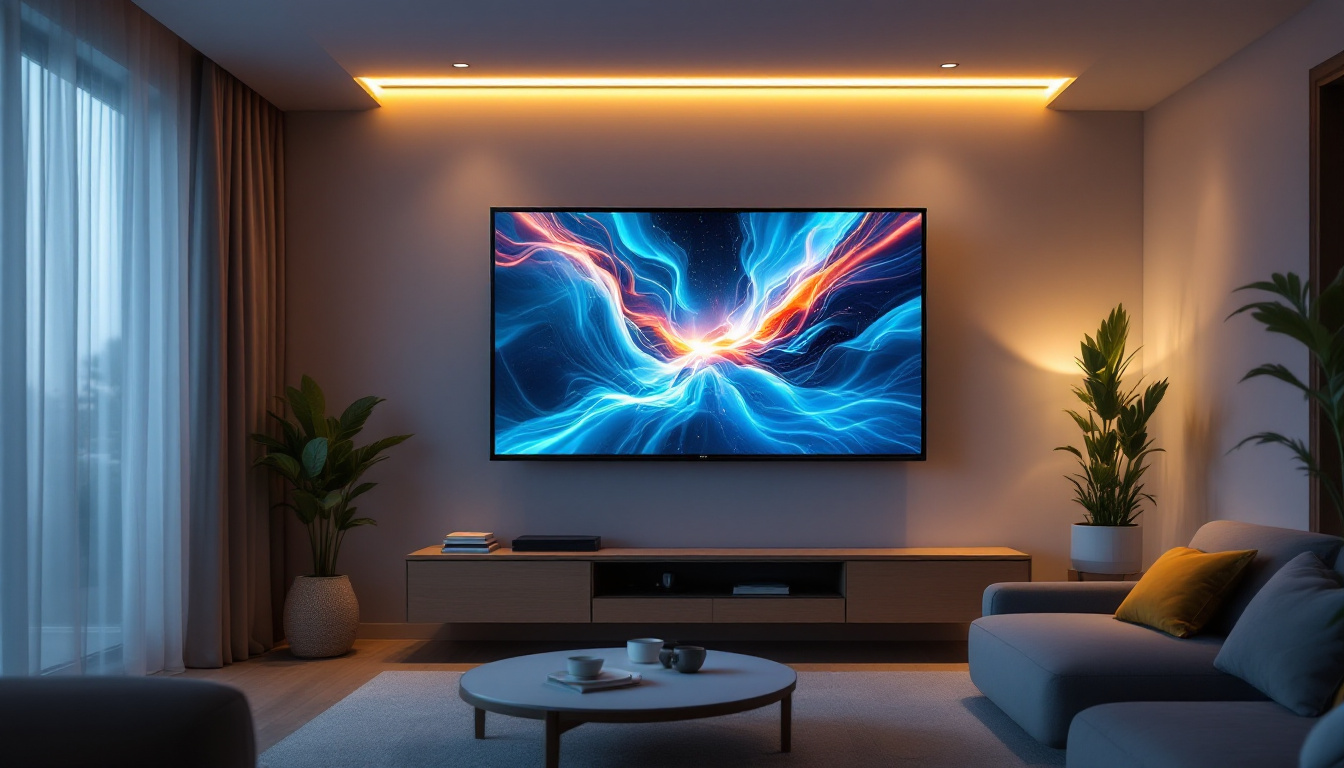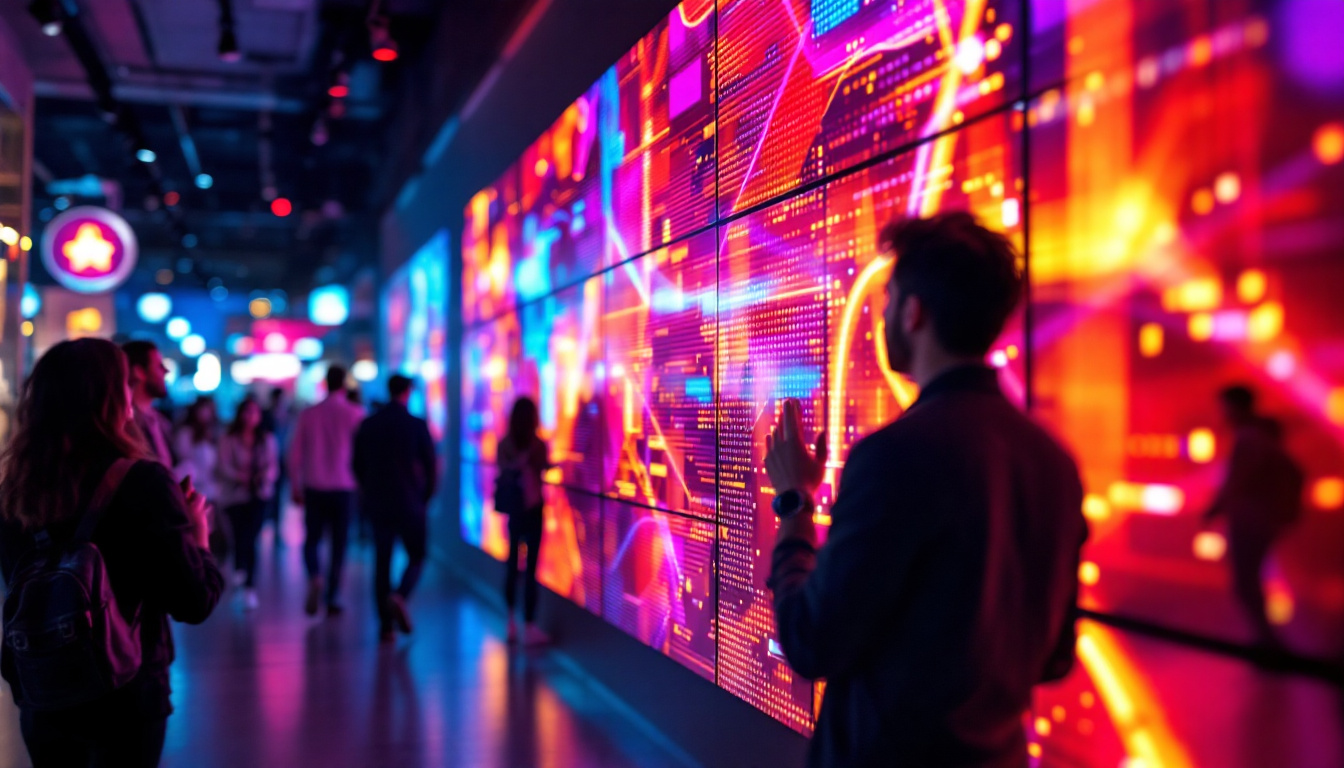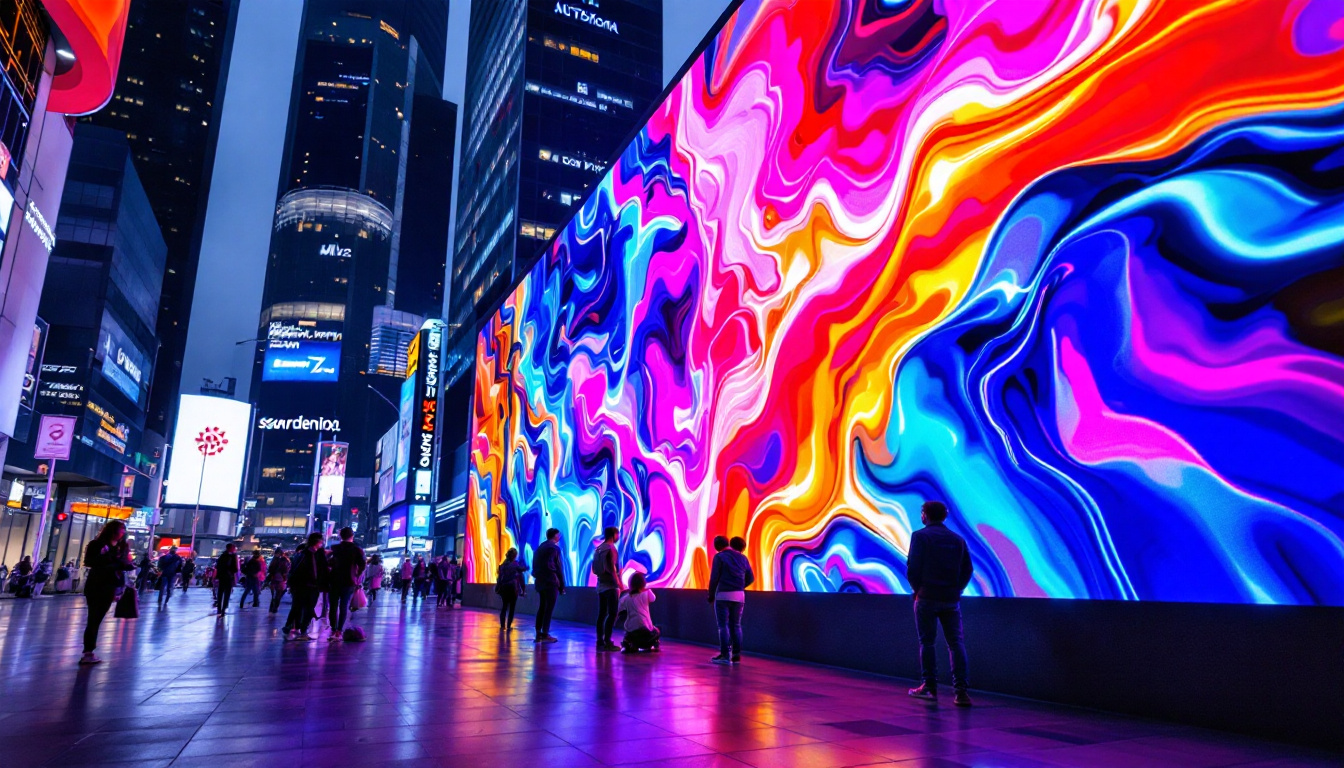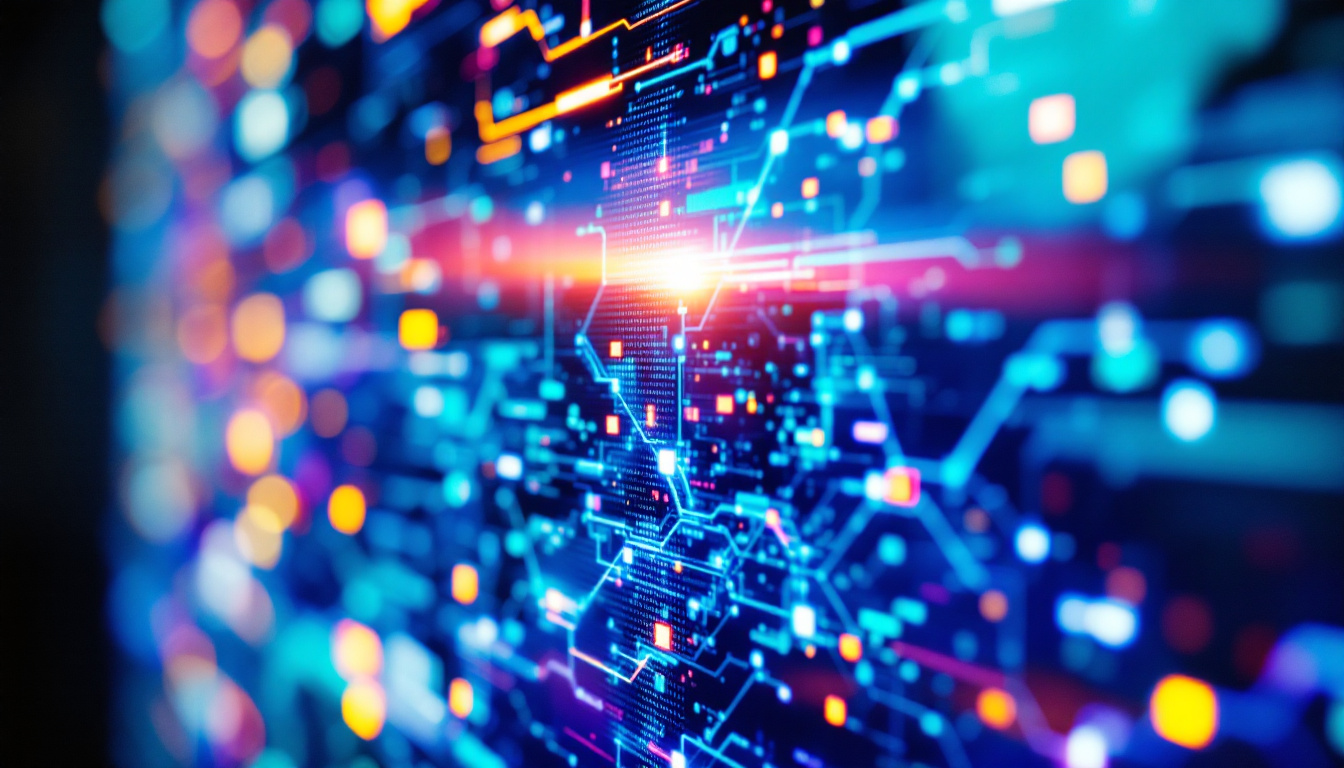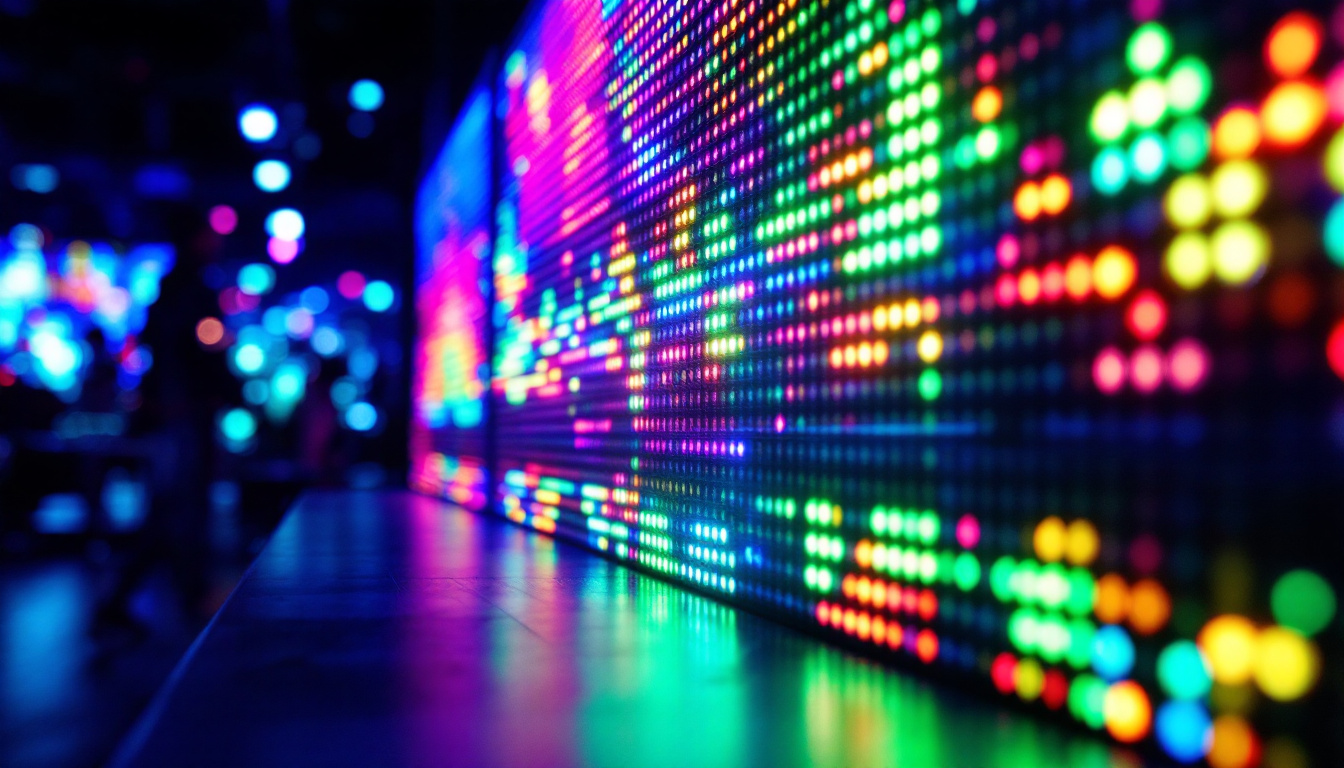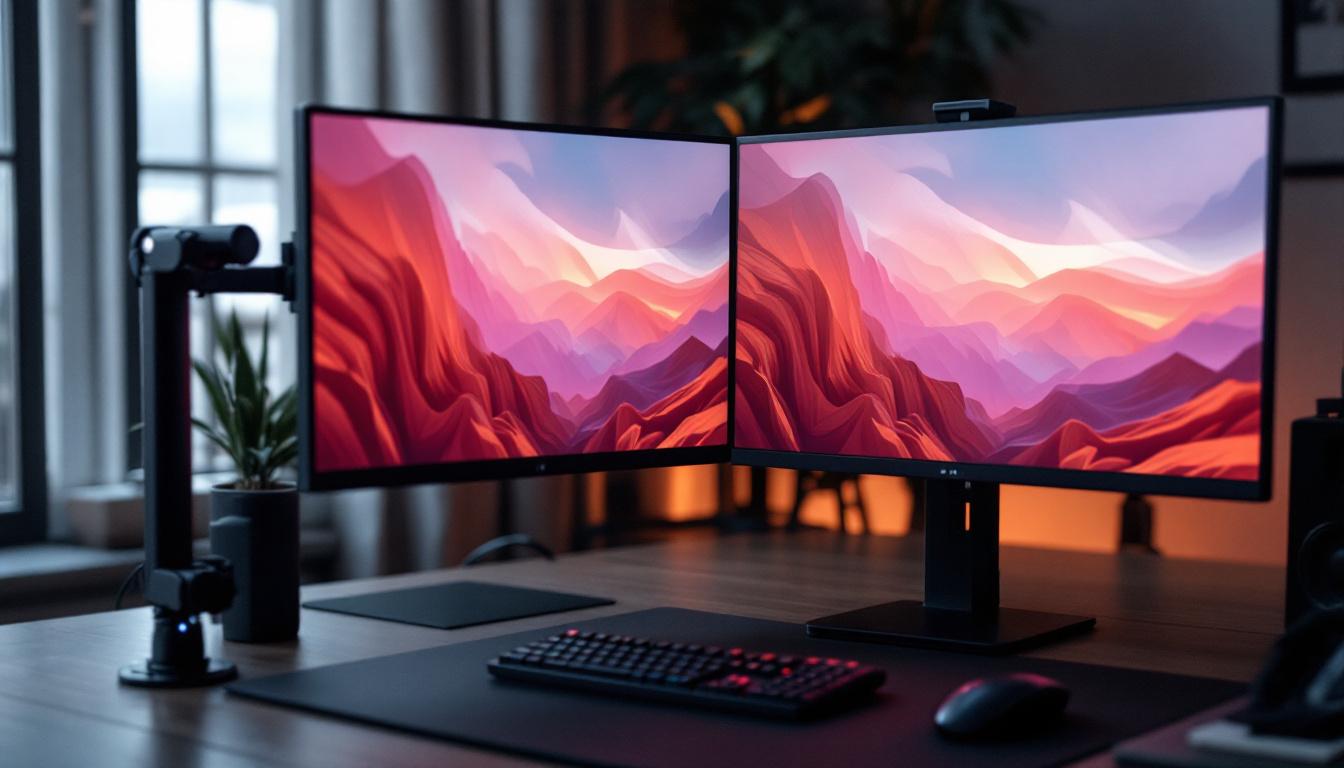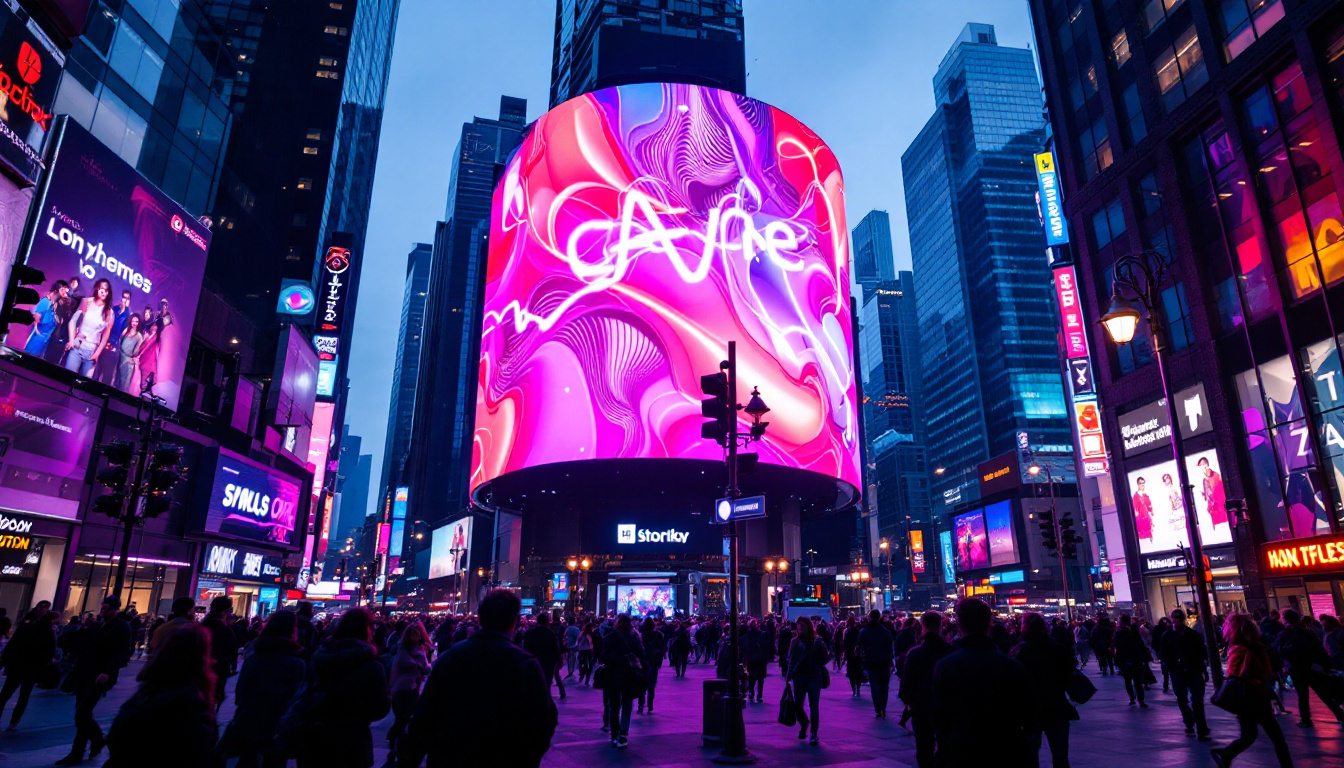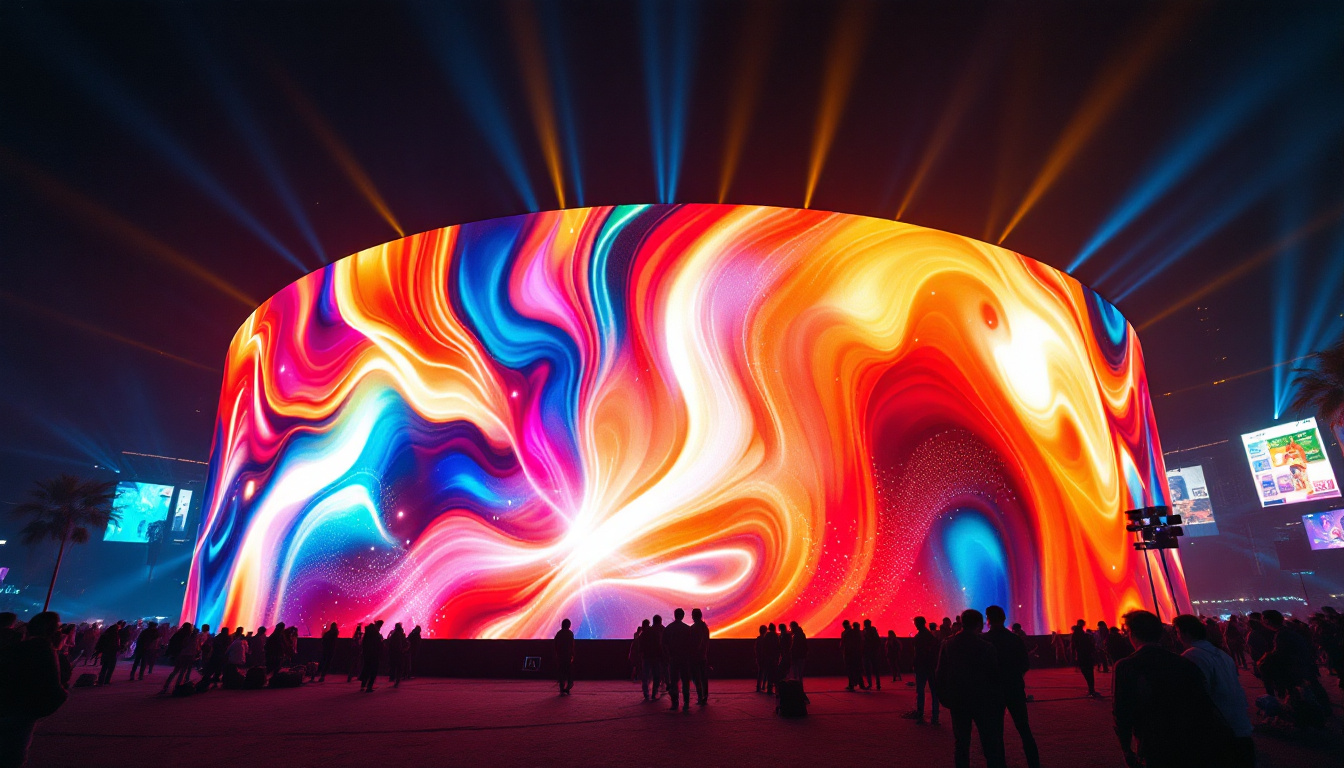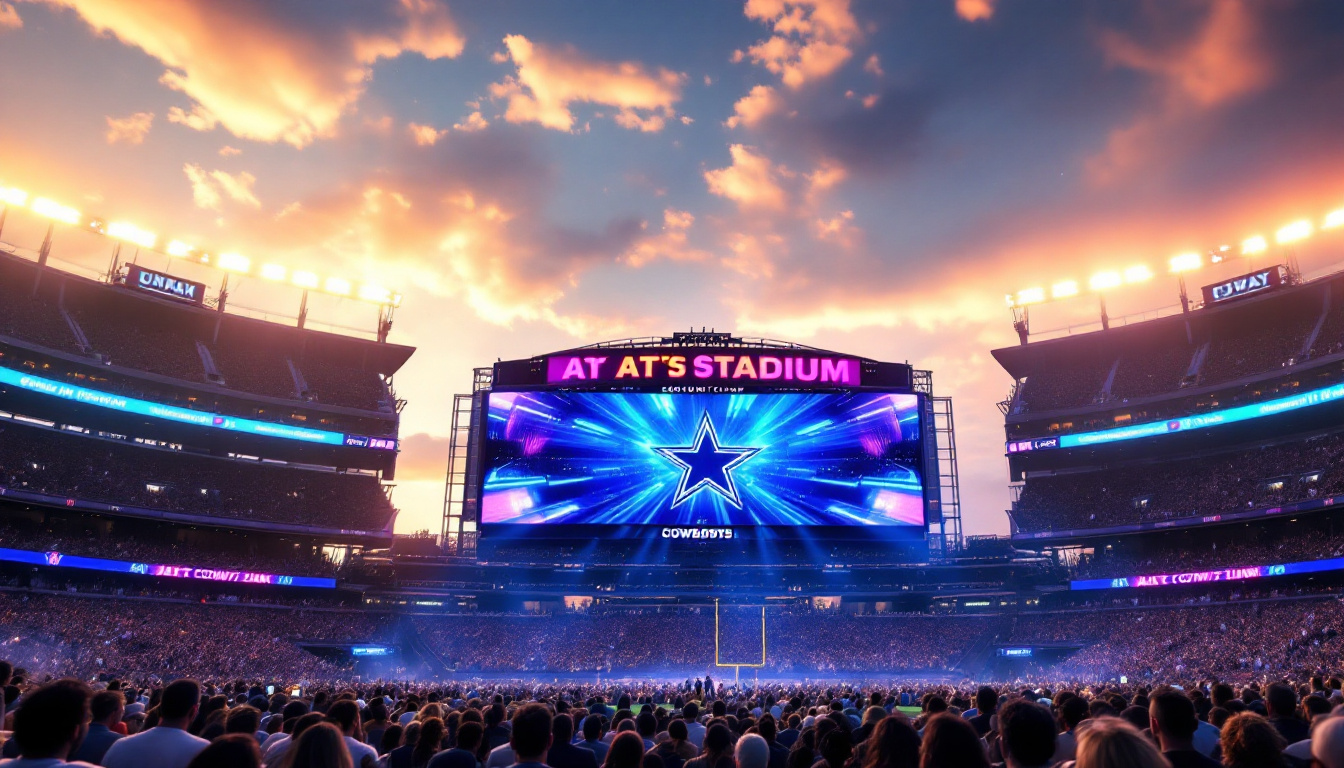In the rapidly evolving world of technology, LED displays have emerged as a pivotal innovation, transforming how information is conveyed visually. From large-scale advertising billboards to compact screens in smartphones, LED technology is omnipresent. This article delves into the intricacies of LED displays, exploring their components, functionalities, and applications, while also shedding light on the role of LED manufacturers in this dynamic industry.
Understanding LED Technology
Light Emitting Diodes (LEDs) are semiconductor devices that emit light when an electric current passes through them. This technology has revolutionized the lighting and display industries due to its efficiency, longevity, and versatility. Unlike traditional incandescent bulbs, LEDs consume less power and have a significantly longer lifespan, making them a preferred choice for various applications.
The Science Behind LEDs
At the core of LED technology lies the principle of electroluminescence. When electrons recombine with holes in a semiconductor material, energy is released in the form of photons, which is visible light. The color of the emitted light depends on the materials used in the semiconductor, allowing manufacturers to produce LEDs in a wide range of colors.
This scientific foundation allows for the development of various types of LEDs, including monochrome, RGB (red, green, blue), and full-color displays. Each type serves different purposes, from simple indicator lights to complex video screens.
Types of LED Displays
LED displays can be categorized into several types based on their application and technology. Understanding these categories is essential for selecting the right display for specific needs.
- Direct View LED Displays: These displays consist of individual LED modules that create images by directly emitting light. They are commonly used in outdoor advertising and large venues.
- LED Backlit LCD Displays: These displays use LEDs to illuminate an LCD panel from behind, enhancing brightness and color accuracy. They are prevalent in televisions and computer monitors.
- Organic LED (OLED) Displays: Utilizing organic compounds, OLEDs offer superior color reproduction and contrast. They are increasingly found in high-end smartphones and televisions.
The Role of LED Manufacturers
LED manufacturers play a crucial role in the development and production of LED technology. Their responsibilities encompass everything from research and development to the mass production of LED components and displays. Understanding their role provides insight into the quality and innovation behind LED products.
Research and Development
Innovation is at the heart of LED manufacturing. Companies invest heavily in research and development to enhance the efficiency, brightness, and durability of LEDs. This includes exploring new materials, improving manufacturing processes, and developing cutting-edge technologies such as smart LEDs that can be controlled via apps or integrated into smart home systems.
Furthermore, R&D efforts aim to reduce production costs, making LED technology more accessible to a broader audience. As competition in the market intensifies, manufacturers are continually seeking ways to differentiate their products through innovation.
Quality Control and Standards
Quality control is paramount in LED manufacturing. Manufacturers must adhere to stringent industry standards to ensure their products are safe, reliable, and efficient. This involves rigorous testing of LED components for brightness, color accuracy, thermal performance, and longevity.
Many manufacturers also seek certifications from recognized organizations to validate their products’ quality. These certifications provide consumers with confidence in their purchases and help manufacturers establish a reputable brand in the market.
Applications of LED Displays
The versatility of LED displays allows them to be utilized in a myriad of applications across various industries. From entertainment to transportation, their impact is profound and far-reaching.
Advertising and Marketing
One of the most prominent applications of LED displays is in advertising. digital billboards and screens are strategically placed in high-traffic areas to capture the attention of potential customers. The ability to change content dynamically allows advertisers to tailor their messages based on time, audience, and location.
Moreover, LED displays can create visually stunning advertisements with vibrant colors and high resolution, making them more effective than traditional print media. This adaptability has made LED displays a staple in modern marketing strategies.
Entertainment and Events
In the entertainment industry, LED displays are used extensively in concerts, sports events, and theatrical performances. Large LED screens provide audiences with an immersive experience, displaying live feeds, graphics, and animations that enhance the overall atmosphere.
Furthermore, LED technology allows for creative stage designs, with screens being used as backdrops or even integrated into set pieces. This flexibility enables event organizers to create captivating visual experiences that resonate with attendees.
Transportation and Safety
LED displays are also crucial in the transportation sector. They are commonly used in traffic signals, information boards, and vehicle displays. The bright visibility of LEDs ensures that critical information, such as traffic conditions or safety warnings, is easily seen by drivers and pedestrians.
Additionally, LED technology is employed in public transportation systems, providing real-time updates on schedules and routes. This enhances commuter experience and promotes efficiency in transit operations.
Advantages of LED Displays
LED displays offer numerous advantages over traditional display technologies. Their benefits contribute to their widespread adoption across various sectors.
Energy Efficiency
One of the most significant advantages of LED displays is their energy efficiency. LEDs consume considerably less power than traditional incandescent or fluorescent lights, resulting in lower energy bills and a reduced carbon footprint. This efficiency is particularly beneficial for large-scale installations, such as outdoor billboards, where energy costs can be substantial.
Longevity and Durability
LED displays are known for their long lifespan, often exceeding 50,000 hours of use. This durability translates to lower maintenance costs and less frequent replacements, making them a cost-effective solution in the long run. Additionally, LEDs are more resistant to shock and vibration compared to other display technologies, further enhancing their reliability in various environments.
High Brightness and Contrast
LED displays provide exceptional brightness and contrast, making them suitable for both indoor and outdoor applications. Their ability to maintain visibility in direct sunlight is a critical factor for outdoor advertising. Furthermore, the high contrast ratios allow for vibrant colors and sharp images, ensuring that content is engaging and easily discernible.
Challenges in LED Display Manufacturing
Despite the numerous advantages, LED display manufacturing is not without its challenges. Understanding these hurdles is essential for both manufacturers and consumers.
Cost of Production
The initial cost of producing high-quality LED displays can be significant. Advanced technology and materials required for manufacturing can drive up expenses, making it challenging for smaller manufacturers to compete with larger companies. This cost factor can also affect the retail price of LED products, potentially limiting their accessibility to some consumers.
Technological Advancements
The rapid pace of technological advancements poses a challenge for LED manufacturers. Keeping up with new developments requires continuous investment in R&D and adaptation to changing market demands. Manufacturers must stay ahead of trends and consumer preferences to remain competitive, which can strain resources.
Environmental Concerns
While LEDs are more energy-efficient than traditional lighting, their production and disposal raise environmental concerns. The use of certain materials in LED manufacturing can lead to pollution and waste if not managed properly. Manufacturers are increasingly focusing on sustainable practices, including recycling programs and eco-friendly materials, to mitigate these impacts.
The Future of LED Displays
The future of LED displays looks promising, with ongoing advancements in technology and increasing applications across various sectors. As the demand for high-quality visual experiences continues to grow, manufacturers are exploring innovative solutions to meet consumer needs.
Integration with Smart Technology
One of the most exciting developments in the LED display industry is the integration of smart technology. Smart LEDs can be controlled remotely via smartphones or other devices, allowing for customizable lighting and display settings. This technology opens up new possibilities for advertising, entertainment, and home automation.
As smart cities and IoT (Internet of Things) become more prevalent, the demand for intelligent LED displays that can interact with their environment will likely increase. This trend will drive further innovation in the industry, leading to more sophisticated products.
Advancements in Resolution and Color Accuracy
As consumer expectations for visual quality rise, manufacturers are focusing on enhancing resolution and color accuracy in LED displays. Technologies such as MicroLED and MiniLED are being developed to provide higher pixel densities and improved color reproduction, resulting in stunning visual experiences.
These advancements will likely lead to the creation of displays that are not only more visually appealing but also more suitable for a wider range of applications, from professional video production to immersive gaming experiences.
Sustainability Initiatives
With growing awareness of environmental issues, sustainability will play a crucial role in the future of LED manufacturing. Companies are increasingly adopting eco-friendly practices, such as using recyclable materials and reducing energy consumption during production.
Furthermore, initiatives to develop biodegradable or less harmful components will likely gain traction, addressing concerns about the environmental impact of LED displays. This shift towards sustainability will not only benefit the planet but also enhance the reputation of manufacturers in the eyes of environmentally conscious consumers.
Conclusion
LED displays have transformed the visual landscape, offering unparalleled advantages in efficiency, durability, and versatility. As technology continues to advance, the role of LED manufacturers becomes increasingly vital in shaping the future of this industry. By embracing innovation and sustainability, manufacturers can meet the growing demand for high-quality visual experiences while contributing to a greener planet.
Whether in advertising, entertainment, or transportation, LED displays are set to play a pivotal role in how information is communicated and experienced. Understanding the intricacies of this technology and the challenges faced by manufacturers is essential for appreciating its impact on modern society.
Discover LumenMatrix’s Innovative LED Solutions
As you contemplate the future of visual communication and the transformative power of LED displays, consider the pioneering solutions offered by LumenMatrix. With a commitment to innovation and sustainability, LumenMatrix provides a spectrum of LED display modules designed to elevate brand presence and captivate audiences. From Indoor and Outdoor LED Wall Displays to specialized options like Vehicle, Sports, and Floor LED Displays, as well as Custom and All-in-One solutions, LumenMatrix is at the forefront of enhancing visual experiences. Embrace the next level of engagement and clarity in your visual messaging. Check out LumenMatrix LED Display Solutions and join the revolution in digital signage.

